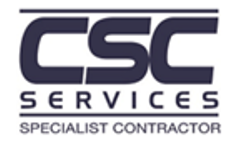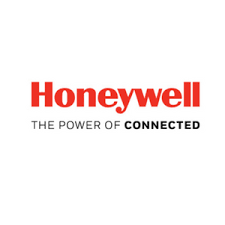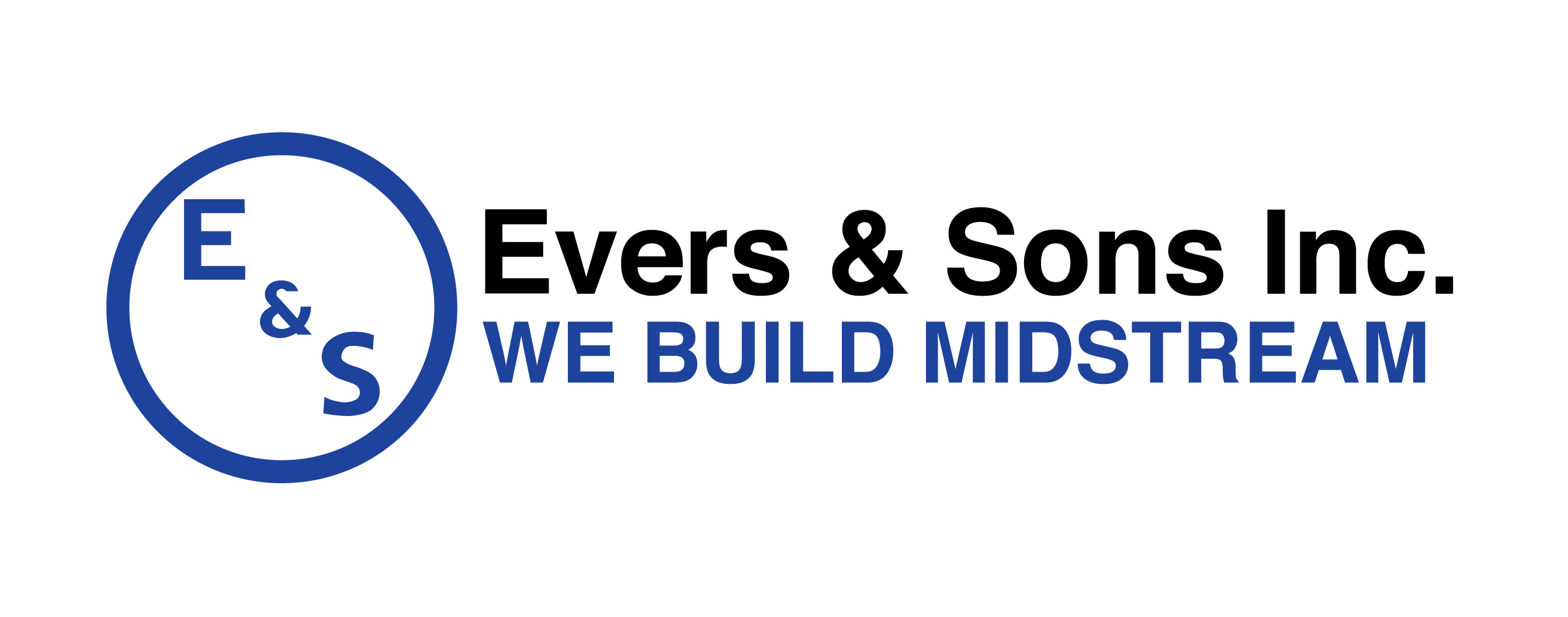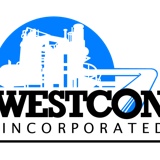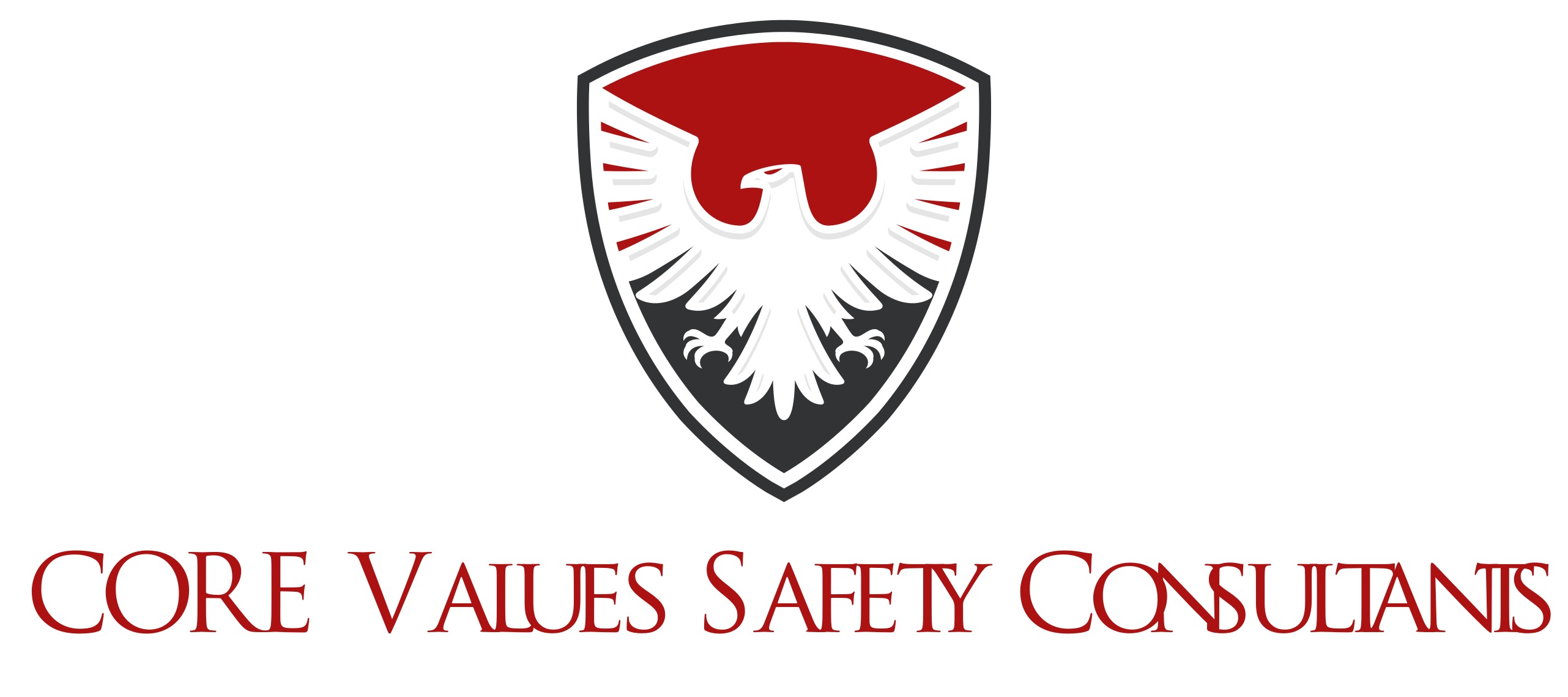Title Page
-
Site conducted
-
Conducted on
-
Prepared by
-
Location On Site
-
Employee/s Observed
-
Duration
-
Scope of works observed
Safety Observation Steps: 1. Introduce yourself, put the worker at ease, and explain the process. Ask permission to do an observation. 2. Ask the person to explain the job that is being performed and define the hazards and precautions associated with the task/s they are performing. 3. Ask open-ended questions to learn more about at-risk barriers. (Ex: What’s the worst accident that can happen? How could you be hurt doing this task?) 4. Observe the job and add comments by tapping NOTE/photos by tapping IMAGE. Provide positive feedback by praising safe behaviors first. Draw out the corrective action that may be required (create this action by tapping ACTION). 5. Obtain a commitment that the individual will carry out this action and thank the person for participating.
PPE Observations
-
Hard hat - (hard hat worn appropriately where the hazard exists)
-
Respiratory Protection equipment - worn appropriately where the hazards exist and the correct type
-
Eye & Face Protection - (proper eye and face protection for the task - glasses, face shield, goggles)
-
Hearing Protection - (proper hearing protection where the hazard exists - ear plugs, ear muffs)
-
Body Protection - (proper protective clothing)
-
Gloves worn/Arm protection and correct type
-
Quality of PPE
-
Safety Harness - worn, in good condition and inspected.
-
Hi - Viz worn and branded
-
Foot Protection (proper foot protection - steel-toed shoes or boots, tread, no steel toe cap showing, correct type)
General Appearance
-
Presentable and appeared professional in a working capacity
-
PPE worn is of acceptable condition
-
Demonstrating good hygiene
Documentation
-
The potential for human error in the works undertaken, is designed out.
-
Procedures suitable and sufficient and being followed
-
All operatives have read, understood and signed the RAMS prior to works beginning.
-
Daily briefings and toolbox talks have being given to prevent accidents and incidents on site and to encourage safe working practices.
Communication & Cooperation
-
Supervisors and Managers to demonstrate leadership qualities.
-
CSC Employees are encouraged and empowered to ‘speak out’ regarding ay health and safety concerns within working environment without any fear of reprisal.
-
All employees will understand CSC reporting culture and actively report any near misses and hazard spots.
-
Team work is evident
Housekeeping
-
Area is free from obstruction
-
Area is used for intended purpose
-
Materials are stored in a safe manner
-
Appropriate disposal procedures are being followed
Chemicals
-
MSD and COSHH sheets available
-
Chemicals are stored appopiately
-
Correct PPE is worn when using the chemicals
Workplace Movement
-
Safe access and egress to and from the working area
-
Eyes On Path (watching where you're going and go where you're watching - looking for/being aware of hazards).
-
Eyes On Hands (aware of hand placement - watching where hands are placed during work or near hazard, not being distracted)
-
Ascending/Descending (proper climbing techniques on trucks and trailers - facing the ladder, not skipping rungs or steps, hold onto handles)
-
Travel Path (non-hazardous route of travel, a path of the least potential incident - walking/driving around spills, barricades, rough terrain)
-
Travel Speed (rate of speed to minimize potential incidents based on environment, surroundings or changing conditions)
-
Risk to be struck by moving vehicles
BODY USAGE & POSITION
-
The worker is positioning his body to avoid injury by any moving hazards (caught between, falling objects)
-
Lifting (proper lifting techniques - using legs, back straight, weight close to the body, feet flat on the ground, knees bent)
-
Pinch Point (aware of and avoid pinch points - pinch points blocked, maintaining body parts out of pinch points)
-
Awkward Position (proper body mechanics - over-extended, using leg not back when pulling)
-
Exertion: pushing, pulling, lifting and reaching
-
Working in extreme temperatures or adverse weather
Tools & Equipment
-
Used correctly
-
Selection/Condition
-
Appropriate tool for the task
-
Guards & Barriers intack
Interface - Management of the interface between the Client’s staff, and CSC work activities
-
Friendly and demonstrated good communication skill's, non confrontational, positive, calm, listened, and is adaptable.
-
Obstruction of areas dedicated to public/staff use are free and clear Obstruction of assigned emergency access/egress routes.<br>Variations to established access/egress points.<br>Transfer of site-related waste onto pavements, walk routes or roadways
-
Slips, trips and falls are from are clear and free site materials, debris or equipment
Close out information
-
Corrective Action
-
Corrective Action Assigned Person
Feedback
-
Further Behavioral Observations for Continuous Improvement
-
Observers feedback given to employee
Sign off Observation
-
Observer Name & Signature
